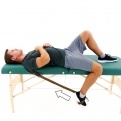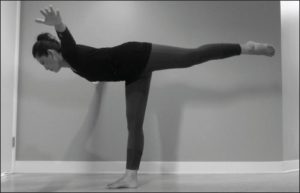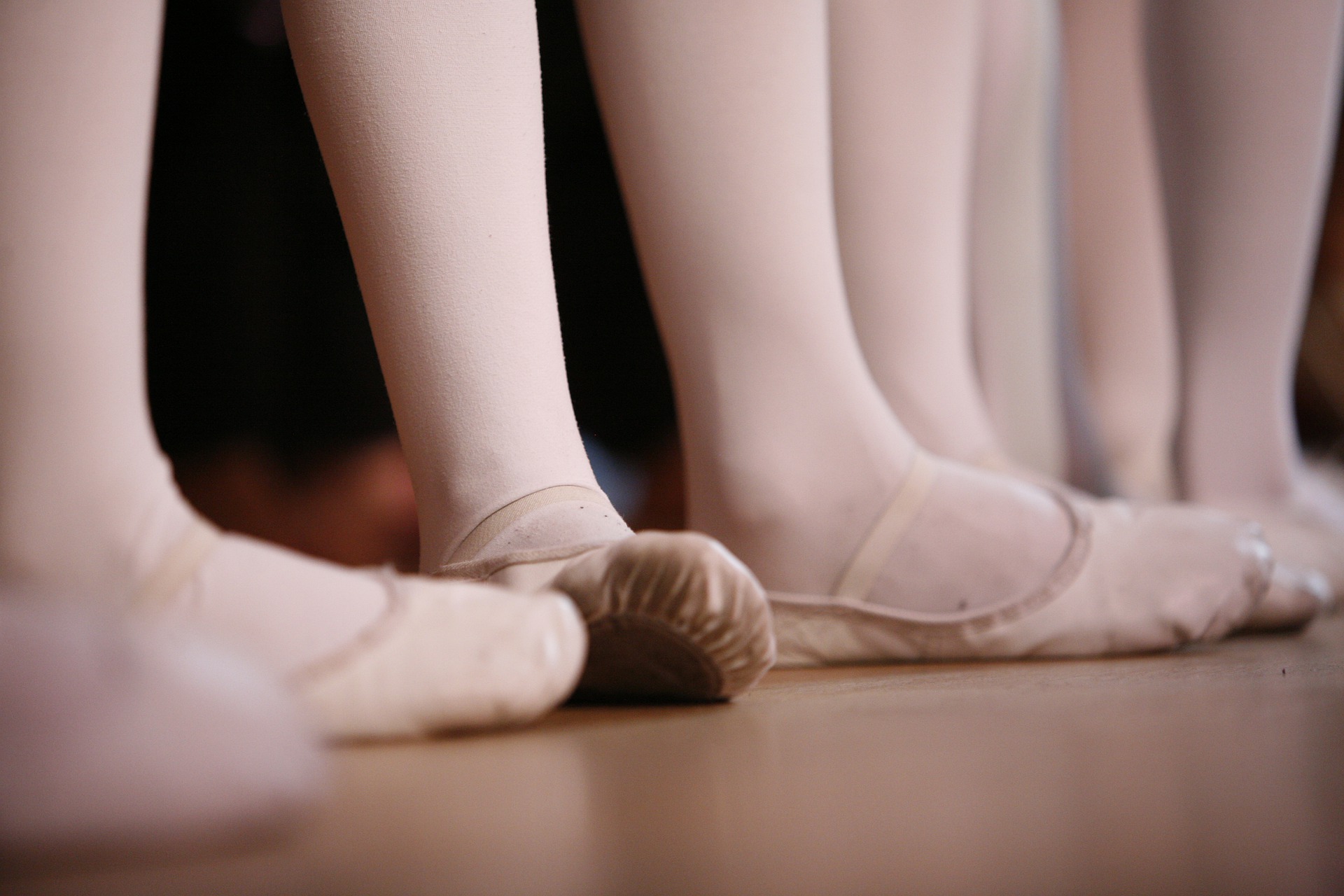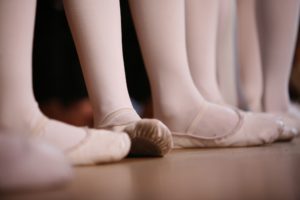Injury Prevention for the Performance Athlete (Dancer)
by Taylor Kitkowski, DPT
AzOPT Glendale Doctor of Physical Therapy
In the world of sports, performance athletes, or dancers, are often overlooked. However, dance requires high levels of physical demands in addition to maintaining a lean body type. These factors make young dancers more susceptible to injuries.
Dance requires high levels of repetitive movements to perfect technique and master skills. This leads to the potential for overuse injuries. Nearly half of all dancers will sustain some type of injury before they turn 18 years of age.
How can a Dancer reduce their risk of an Injury?
There are multiple steps a dancer can take to help reduce their risk of an injury:
Perform a proper warm-up and cool down
Perform a light aerobic warm up (walking, jogging, marching, jumping jack, etc.). Dancers should also take care to warm their joints for motion with exercises like ankle circles, knee swings, low kicking forward/back, arms circles, and wrist circles. Deep, sustained stretching is best to improve flexibility and should be performed at the end of your practice/performance. This type of stretching prior to a light aerobic activity can increase the risk of injury.
Incorporate Additional Strength Training
Everyone should participate in strength and cardiovascular training, not just dancers. But for dancers, it is important to incorporate additional core and hip strengthening exercises. Yoga and Pilates are highly recommended. Try to incorporate 30 minutes of aerobic activity (walking, jogging, swimming, and biking) 3-4 times per week to improve muscular endurance and stamina.
Additional Stretching

 Dancers are required to have high flexibility levels to perform splits, kicks, and turn out. These movements require flexibility of two major muscle groups: the hamstrings and the hip external rotators. These muscles often become the focus in a dancer’s stretch routine. It is also important to stretch the muscle groups opposite of the above listed: the hip flexors and the hip internal rotators.
Dancers are required to have high flexibility levels to perform splits, kicks, and turn out. These movements require flexibility of two major muscle groups: the hamstrings and the hip external rotators. These muscles often become the focus in a dancer’s stretch routine. It is also important to stretch the muscle groups opposite of the above listed: the hip flexors and the hip internal rotators.
Ensuring Dancer is Appropriate to Begin Pointe Training
If a dancer begins pointe before they have the appropriate strength and training, it further increases their risk of injury. It is best to wait until 11-12 years old, as this age is typically when the foot has fully grown. Work with your dance instructor to determine your readiness for pointe. In addition, proper pointe shoe fitting with your foot correctly supported is essential.
 A quick screening test, known as the Airplane Test, can be performed to determine readiness for pointe training. Assume the position to the right. In this position, a dancer should perform 5 consecutive pliés without loss of balance or posture. If the dancer begins to tilt or move their hips, back, or head, this may indicate they do not yet possess the proper strength to begin pointe training.
A quick screening test, known as the Airplane Test, can be performed to determine readiness for pointe training. Assume the position to the right. In this position, a dancer should perform 5 consecutive pliés without loss of balance or posture. If the dancer begins to tilt or move their hips, back, or head, this may indicate they do not yet possess the proper strength to begin pointe training.
Proper diet and hydration
It is important to ensure you get all the proper nutrients to stay healthy. Often in a sport where a small physique is emphasized/desired it can lead to disordered eating. It is important to fuel your body properly to be able to have the necessary energy to perform and keep your bones and muscles healthy.
What should I do if I get injured?
If you experience a traumatic or overuse injury, it is important to start treatment immediately to optimize your recovery and return you to performance. Once injured, you should visit the appropriate healthcare provider for evaluation and recommendation for appropriate treatment. If your injury happens suddenly, the most appropriate response is to stop dancing and ice the injury to help reduce inflammation and pain. It is also important to not try and dance through an injury as this can be more detrimental and make the injury worse.








